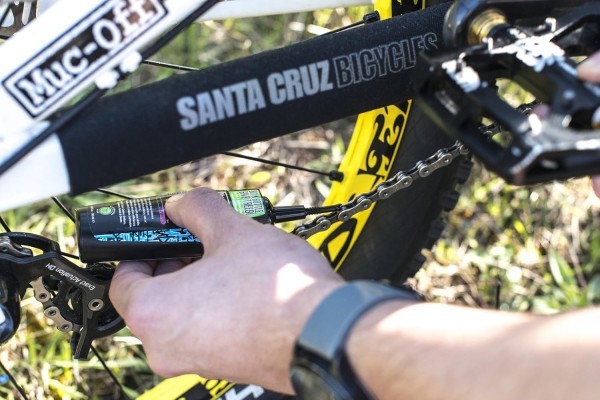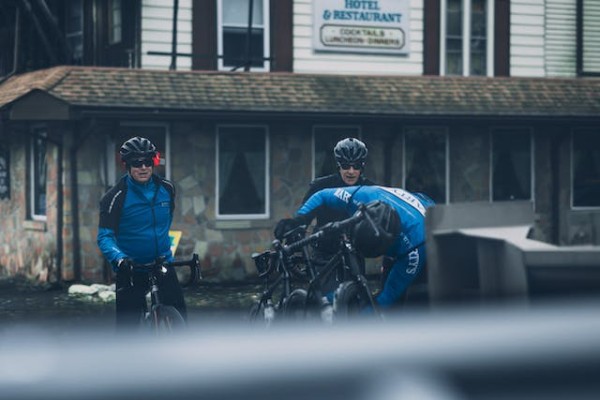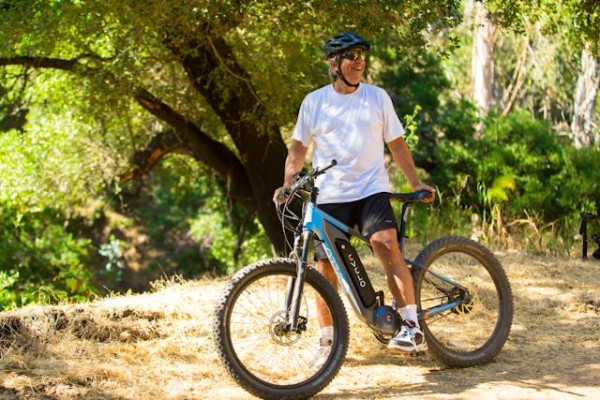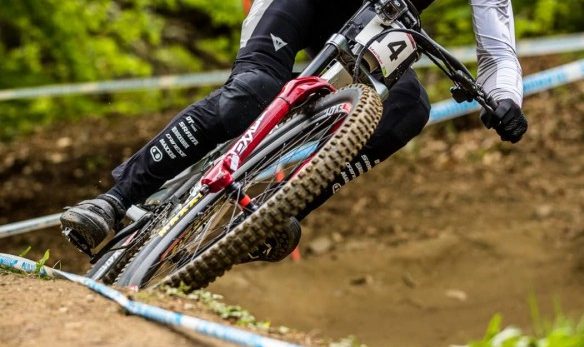Do you ever feel like your bike is trying to tell you something? Well, it just might be! Just like a car, your bike can make all sorts of noises that indicate something isn’t quite right. But don’t worry, diagnosing and fixing these common bike noises is easier than you think.
From a squeaky chain to clicking pedals, mysterious rattling to grinding brakes, and even a whirring wheel, we’ve got you covered. In this guide, we’ll walk you through each noise step by step, so you can get back to riding smoothly and silently in no time.

5. Squeaky Chain
To fix a squeaky chain on your bike, start by checking for any dirt or debris that may be causing the noise.
Begin by thoroughly inspecting the chain for any visible signs of buildup or grime. Use a clean rag or brush to remove any dirt or debris from the chain links. Next, apply a lubricant specifically designed for bicycle chains to each link. Be sure to apply the lubricant sparingly, as excess lubrication can attract more dirt and debris.
After applying the lubricant, carefully rotate the pedals to allow the lubricant to penetrate the chain. If the squeaking persists, it may be necessary to adjust the tension of the chain or seek professional assistance for a more thorough inspection and repair.
4. Clicking Pedals
If you hear clicking coming from your bike pedals, it’s important to address this issue to ensure a smooth and enjoyable ride.
Clicking pedals can be caused by a few different factors. First, check if your pedals are properly tightened. Loose pedals can create clicking sounds as they move with each rotation. Use a pedal wrench to tighten them securely. Another common cause is worn pedal bearings. Over time, the bearings can wear out, causing the pedals to develop play and click. In this case, you’ll need to replace the pedal bearings.
Lastly, clicking can also be caused by a misalignment between the pedal and the crank arm. Make sure the pedal is properly threaded into the crank arm and aligned correctly. If the issue persists, it may be worth seeking professional assistance to diagnose and fix the problem.
3. Mysterious Rattling
Identify the source of the mysterious rattling noise on your bike. When encountering a rattling noise, it’s essential to locate its origin to address the issue effectively. Start by checking the bike’s frame for loose bolts, particularly around the headset, bottom bracket, and seatpost. Ensure that all connections are tightened securely.
Next, inspect the wheel hubs for any play or loose spokes, as these can also cause rattling sounds. Tighten any loose spokes and ensure that the hubs are properly adjusted. Additionally, check the pedals for any looseness or play. If necessary, remove and reinstall them, making sure they’re securely attached. Lastly, examine the chainring and cassette for any damaged or worn-out teeth that may be causing the noise.
2. Grinding Brakes
When experiencing grinding brakes on your bike, check for any debris between the brake pads and the wheel rim. This can cause the brakes to make a grinding noise and reduce their effectiveness. To fix this issue, follow these steps:
- Inspect the brake pads: Look for any signs of wear or damage. If the brake pads are worn down, replace them with new ones.
- Clean the brake pads and rim: Remove the brake pads and use a clean cloth or brush to remove any debris or dirt from both the pads and the rim. This will ensure proper contact and reduce the grinding noise.
- Adjust the brake pads: If the pads aren’t aligned properly with the rim, they may rub against it and create a grinding sound. Use the brake pad adjustment screws to align them correctly.
1. Whirring Wheel
To troubleshoot a whirring wheel on your bike, start by examining the bearings for any signs of wear or damage. Whirring noises can often indicate issues with the wheel bearings. Begin by removing the wheel from the bike and inspecting the bearings for any visible damage, such as rust or pitting. Rotate the bearings with your fingers to check for smooth movement. If there’s any roughness or resistance, it may be necessary to replace the bearings.
Additionally, check the axle for any signs of bending or misalignment. Ensure that the axle is properly tightened and aligned within the hub. If the whirring noise persists after examining the bearings and axle, it’s recommended to consult a professional bike mechanic for further diagnosis and repair.
Frequently Asked Questions
Why Is My Pedal Clicking Only Happening When I Pedal With More Force?
When your pedal clicks only when you pedal with more force, it could be due to a loose pedal or a worn-out pedal bearing. Excessive force can cause the pedal to move slightly and create a clicking sound. To diagnose and fix this issue, first, check if the pedal is securely tightened. If it is, then the pedal bearing may need to be replaced. Consult a professional bike mechanic to accurately diagnose and fix the problem.
What Should I Do if I Can’t Locate the Source of the Mysterious Rattling Noise on My Bike?
If you’re scratching your head trying to figure out where that mysterious rattling noise is coming from on your bike, fear not. Start by checking the usual suspects like loose bolts, worn-out bearings, or a misaligned derailleur. Give your bike a thorough inspection, paying close attention to the areas where the noise seems to be coming from.
Conclusion
Diagnosing and fixing common bike noises can be a straightforward process with the right knowledge and tools. By addressing issues like a squeaky chain, clicking pedals, mysterious rattling, grinding brakes, and a whirring wheel, you can ensure a smoother and more enjoyable ride. Remember, mastering these repairs may make you feel like a superhero, swooping in to save the day with your trusty wrench and tire pump.





